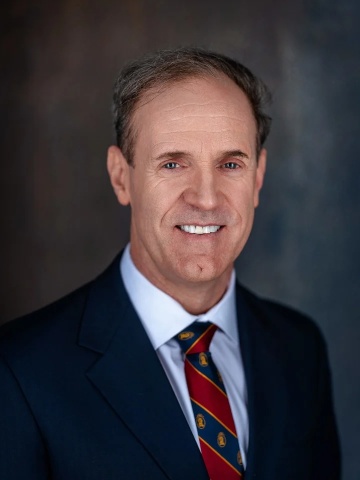For global investors today, Latin America is China and India's poor cousin. While we routinely read of East Asia's tremendous growth, Latin America is invariably associated with business-unfriendly populists, or speculation about which country might default on its debts.
Unfortunately, this image obscures the real economic progress made in the region over the past four years. Since 2003, Latin America's cumulative GDP growth has surpassed 18 percent. In 2006 alone, energy and mining exports helped the region's economies grow 5.3 percent. Inflation throughout Latin America dropped below 5 percent in 2006 (though rising in Venezuela to 15.8 percent).
This is good news for Latin America. Though the political backlash against the 1990s economic liberalization programs continues, a recent insightful McKinsey Quarterly article observed that some of the region's governments remain quietly committed to fiscal prudence, open trade, and attracting foreign investment.
Nonetheless, internal problems continue to limit wealth creation throughout Latin America.
In 2006, the World Bank reported there were fewer regulatory obstacles to starting a business in Iran than in Brazil. In the United States, it takes five days on average to file the paperwork needed to start a business. Contrast this with Brazil's 152 days.
No wonder the McKinsey Quarterly reports that approximately 38 percent of Latin America's economy is in the informal sector.
Another area where excessive regulation is unduly constraining Latin America's growth is its banking sector.
In August 2006, the president of the Inter-American Development Bank, Luis Alberto Moreno, astutely noted in a speech in Colombia that legally mandated interest-rate ceilings create obstacles to small businesses accessing credit. Such ceilings, he added, were often a legacy of anti-usury laws prevailing throughout Latin America.
Mr. Moreno was underlining a long-established economic fact: when interest-rate ceilings result in a lower-than-market interest rate, the amount of available credit declines. For if potential lenders are unable to cover their costs and make sufficient profit on their available resources, they usually transfer their capital elsewhere - normally to credit markets where interest-rate ceilings do not prevail.
The people who lose are precisely those supposedly protected by interest-rate ceilings, such as first-time entrepreneurs. Those attempting to create new businesses often have a limited credit history. They are thus willing to pay higher interest rates to purchase the capital needed to make their dream a reality. Interest-rate ceilings, however, perversely forbid lenders from charging these entrepreneurs a price they are willing to pay.
The irony is that Latin America's anti-usury laws have more to do with the region's mercantilist economic history than moral qualms about interest.
As early as the thirteenth century, medieval theologians identified many instances in which lenders could legitimately charge interest on loans. Having established that money was not sterile but rather a form of capital, they concluded that not all interest-charging was immoral - especially when it compensated people for profits they could have otherwise made with the capital they lent to others.
From this point on, interest-charging on money proliferated rapidly in Europe and, by extension, European colonies throughout the world. People came to understand that, as economist Ludwig von Mises wrote in his Theory of Money and Credit (1912), "money is an economic good with its own fluctuations in value."
It follows that the optimal and just price to purchase the use of money as capital is normally the same as any other economic good - the price it fetches in the market.
This view was not, however, shared by mercantilist economic theories, which dominated the thought of European colonial administrators ruling Latin America from the sixteenth century onwards. Mercantilists insisted upon a high degree of state control of the economy, partly because they viewed economic life as a "zero-sum game:" the mistaken idea that you can only become wealthy at another's expense.
But mercantilism also helped to maintain the power of the administrative class associated with the rise of royal absolutism in Europe. Throughout Latin America, interest-rate ceilings formed part of an elaborate structure of bureaucratic control of economic life designed to strengthen the position of Portuguese and Spanish colonial officials, not least by hindering the development of an independent commercial class.
Abolishing interest-rate ceilings in Latin America is not simply a question of removing redundant laws. As Mr. Moreno stated last year, banking in the region is also weak because of limited competition. Removing interest-rate ceilings would encourage more credit competition throughout Latin America and thus attract more capital for investment.
More importantly, much of Latin America's current economic growth is predicated on high commodity-prices. Any downturn in commodity prices has the potential to weaken growth — perhaps dangerously so.
Retaining colonial-era regulations that obstruct wealth creation in other economic sectors is a luxury Latin America can no longer afford.











